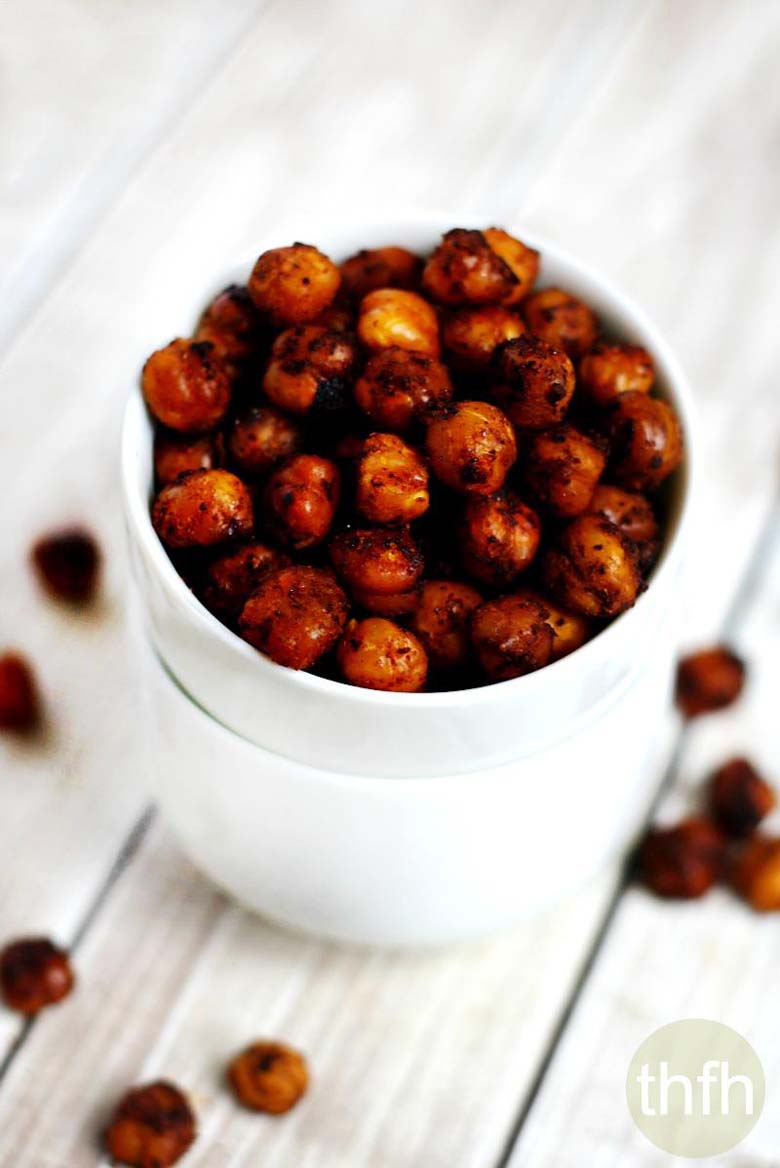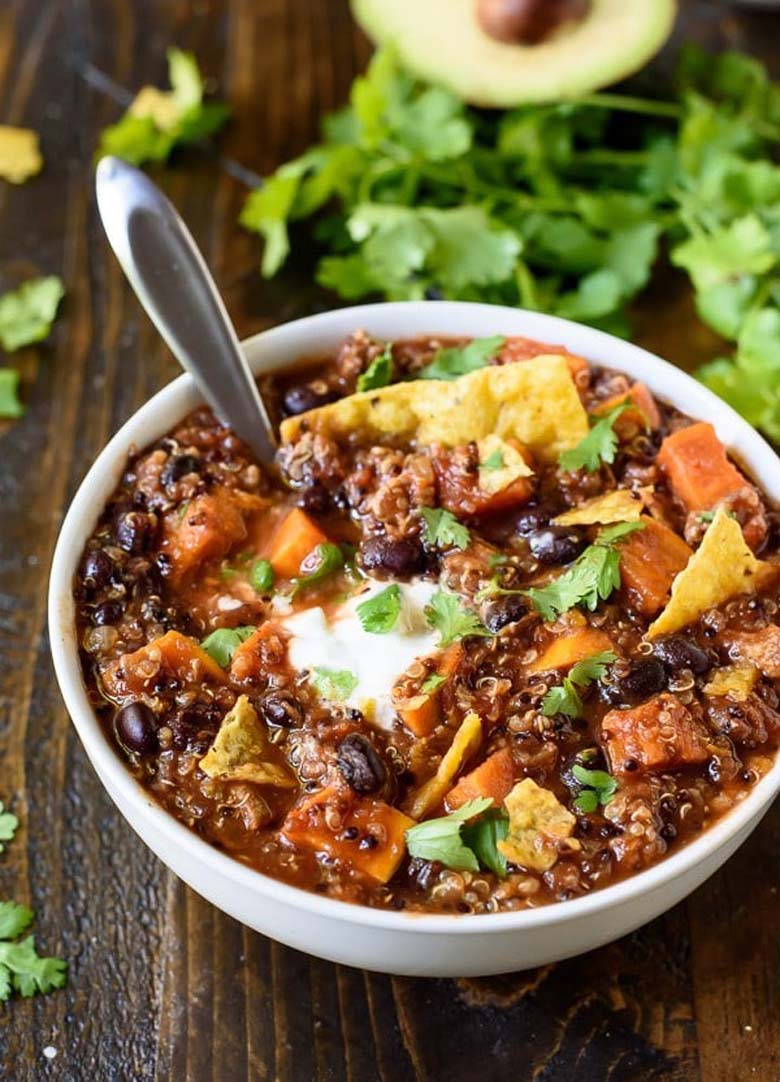![[feature]](https://blogger.googleusercontent.com/img/b/R29vZ2xl/AVvXsEhRXMfxpaiz68gioifBSah404KSK5HSZr-GXCmrKBgH2XGP7YYPUcDWJCNURQXAUKpkljEavXhtuwfHGNMnMmvWmtE2WTMRbaPyIfdh8nYbbH-ejI31HDzLE3UNpu7bhoDlhOMekc4tQcXr/s1600/woman-sleeping-at-desk-732x549-thumb.jpg)
We’ve
all had a day or week when we just felt… exhausted. Fatigued and weak,
we just can’t keep going at our usual breakneck speed, and it’s time to
take a break and binge some “Orange Is the New Black” reruns until we
fall asleep (about halfway through the first episode). But what if that
feeling doesn’t go away? You might have an iron deficiency, the most
common nutritional deficiency, which some estimates indicate about 20 percent of American women have.
[post_ads_2]
Depending on age, women need between 15 and 18 milligrams of iron per day
(and up to a whopping 27 if you’re a vegetarian, since your body
absorbs iron from meat more efficiently). Not sure if you’re getting
enough? According to the Mayo Clinic, symptoms of anemia
include fatigue, weakness, pale or yellowish skin, irregular
heartbeats, shortness of breath, dizziness or lightheadedness, chest
pain, cold hands and feet or headaches. You may not experience all of
those symptoms, though, since your experience with anemia may vary
depending on the cause.Anyone who doesn’t get enough iron is susceptible to iron-deficiency anemia, and while many women are aware it’s a higher risk during pregnancy, fewer women realize that simply being of childbearing age can put you at risk, pregnant or not — a heavy menstrual flow could also cause iron deficiency. While you should always see a doctor if you suspect you’re suffering from anemia since some of the causes are chronic or very serious (such as intestinal disorders and cancer), if you already know you’re susceptible to anemia, the best way to combat it is to eat a diet rich in iron.
[post_ads]But that’s where it gets complicated. Iron “richness” is a relative term. Veggies and fruits tend to have far less than grains or meats, but there’s also a push and pull — vegetables and fruits also have, when prepared correctly, far less fat and loads of other vitamins. Besides, vitamin C actually aids in iron absorption, and vitamin C is present in many fruits and vegetables and commonly used to season others. On the other hand, meats that are highest in iron are often also highest in fat — worth it for the iron boost but you can’t do that every day. Meat and grains are also far more filling, meaning you can’t eat as much at a time, so you have to make it count.
But don’t worry. An iron-rich diet isn’t as monotonously difficult as it sounds. With these delectable dishes, getting more iron isn’t just easy, it’s delicious.

































